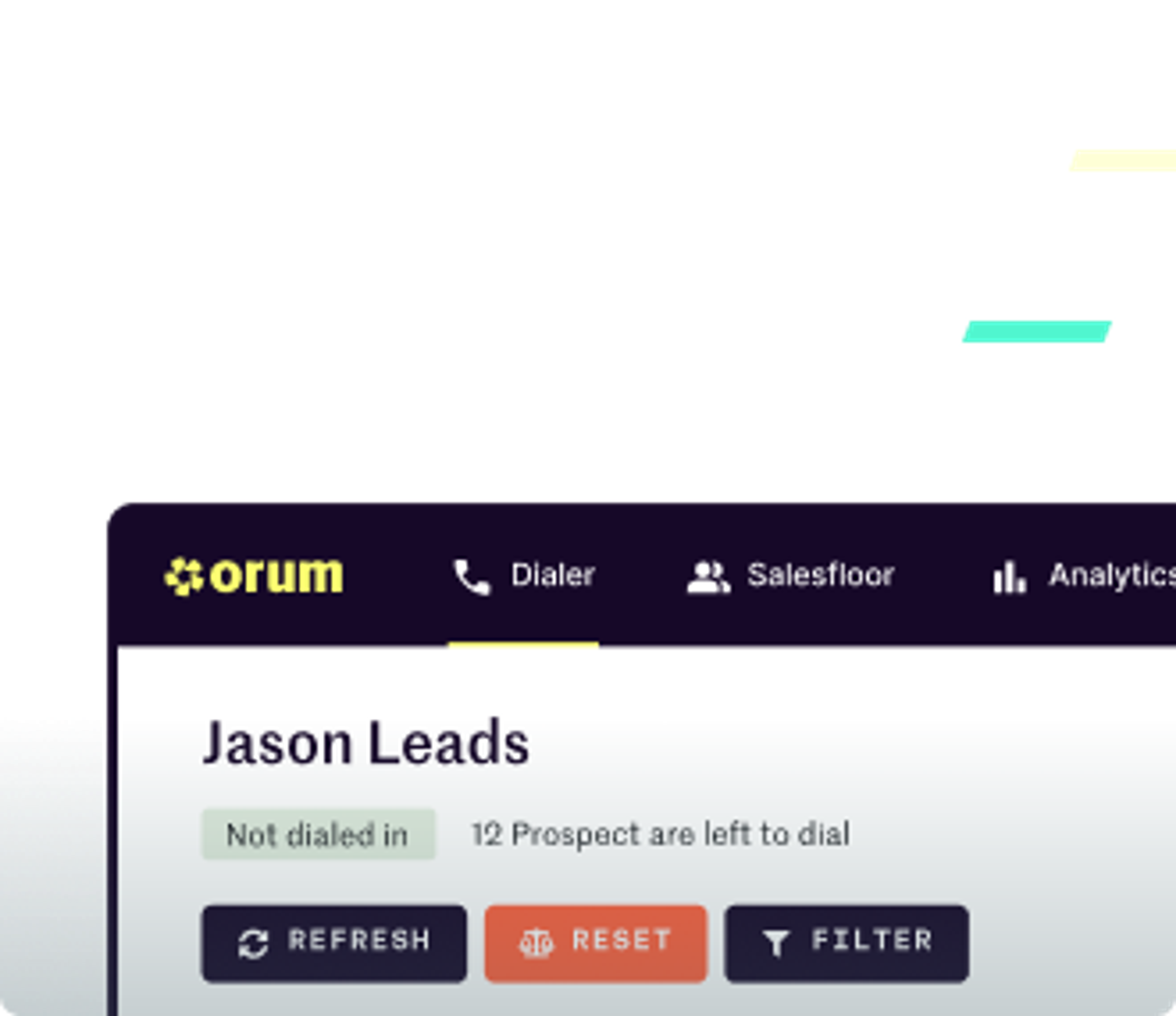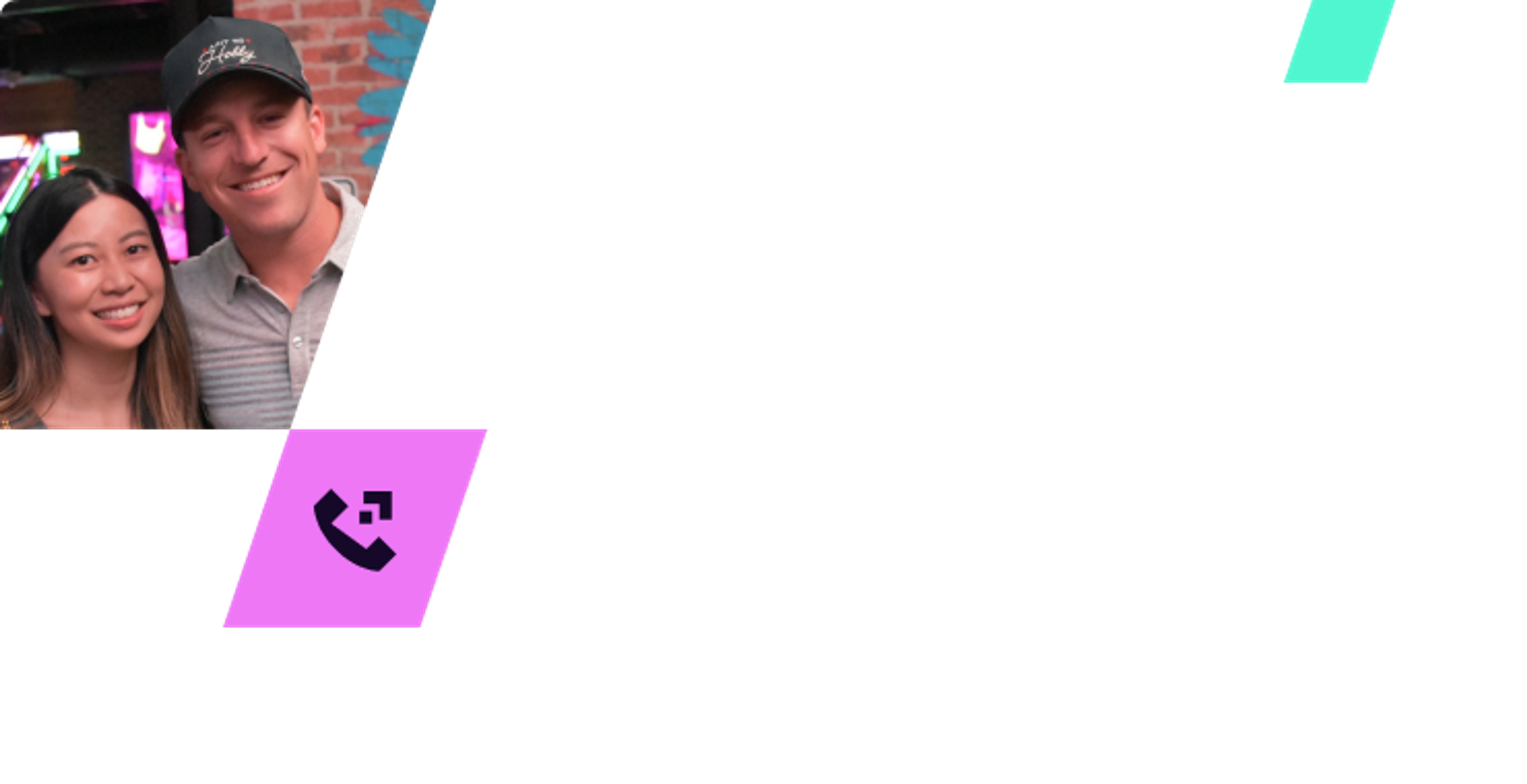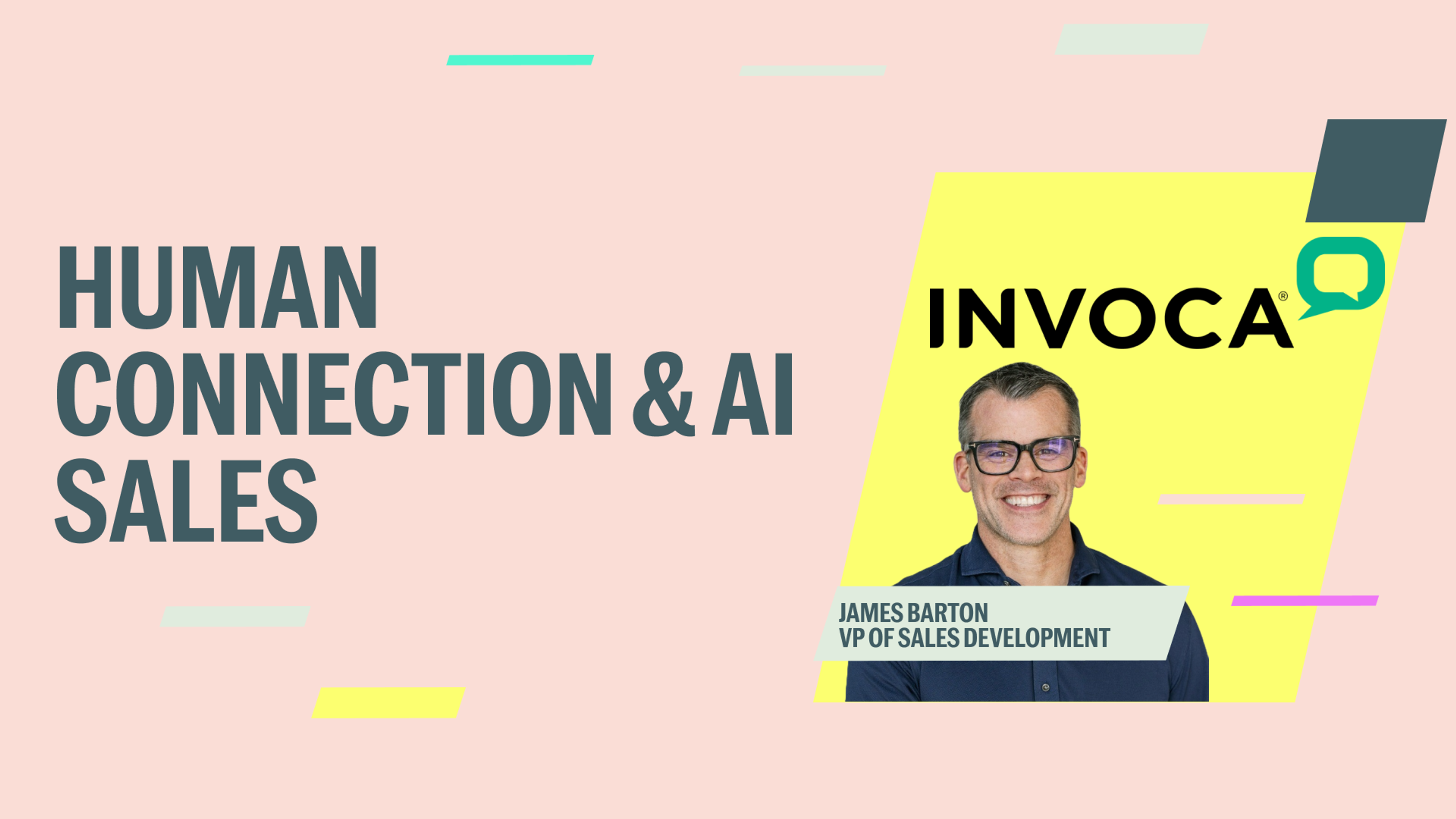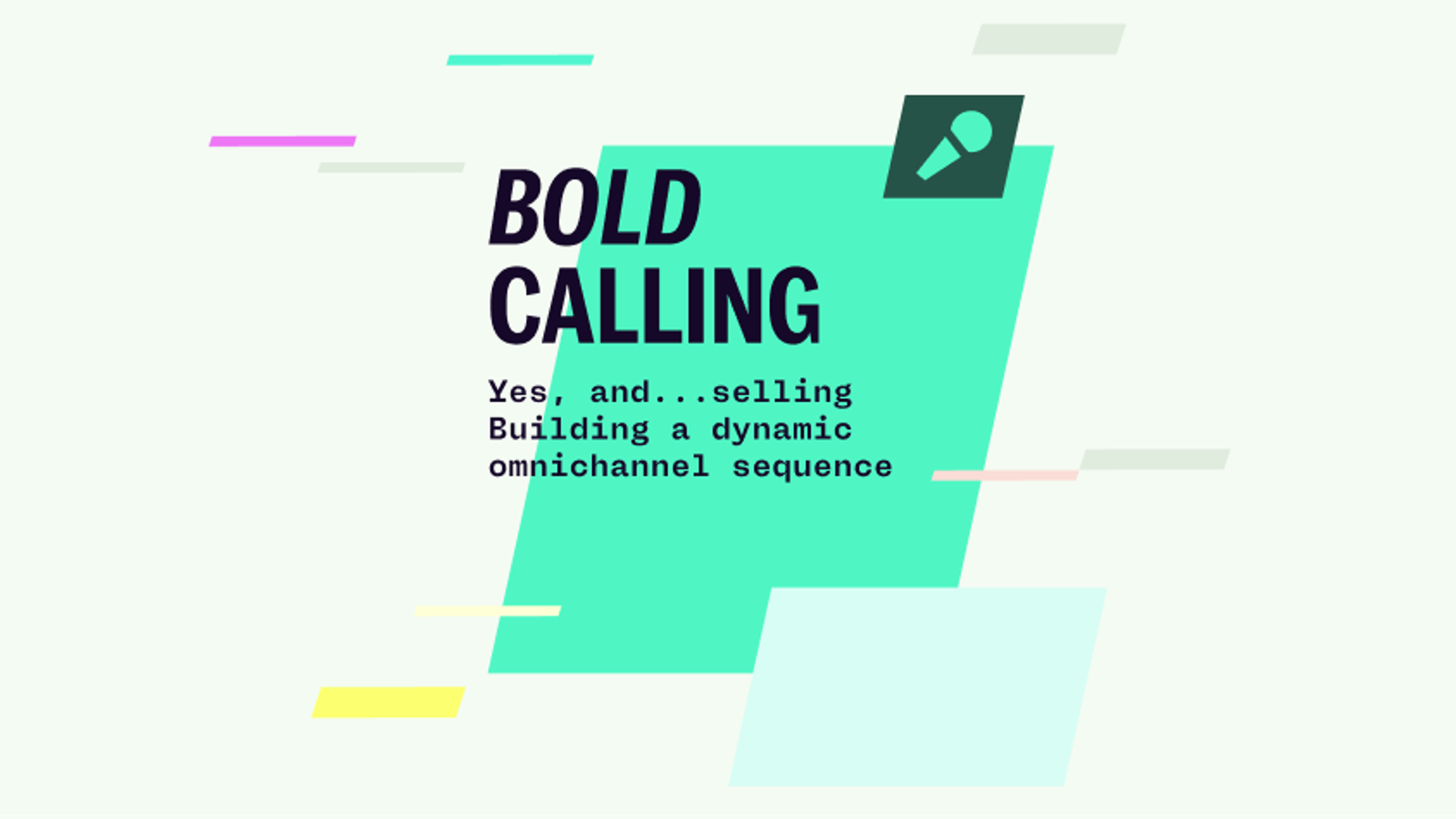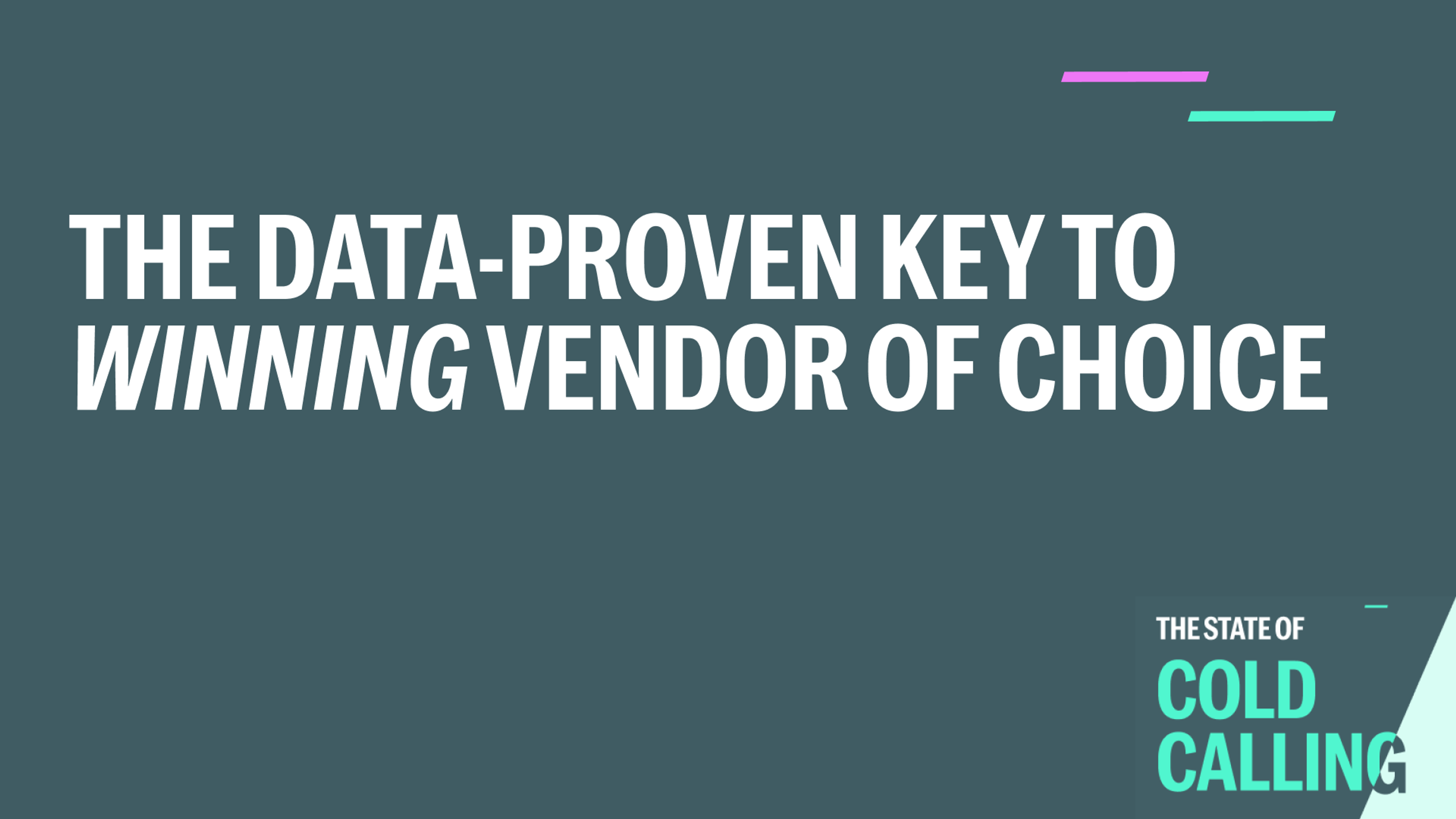Orum's Origin Story
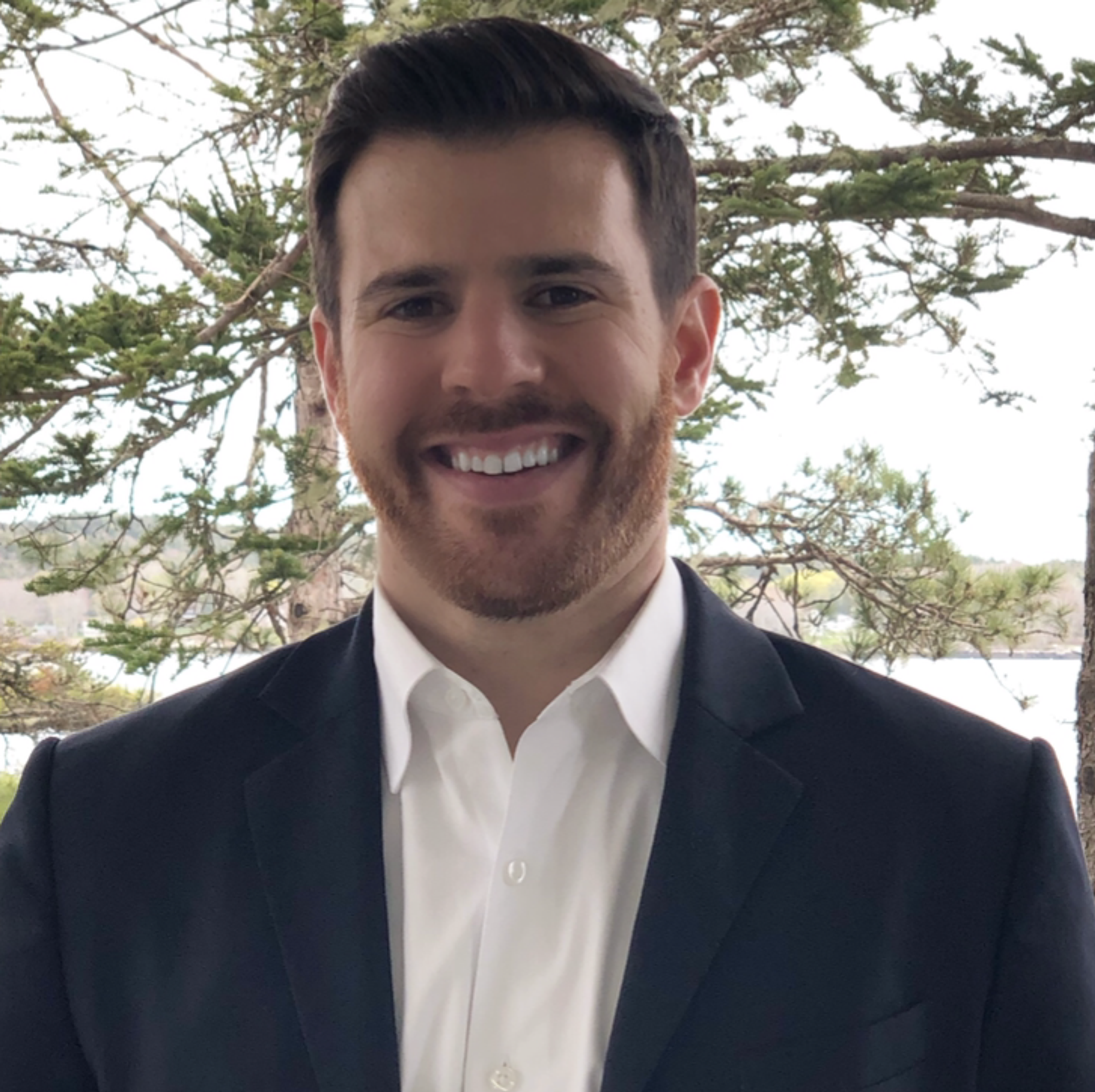
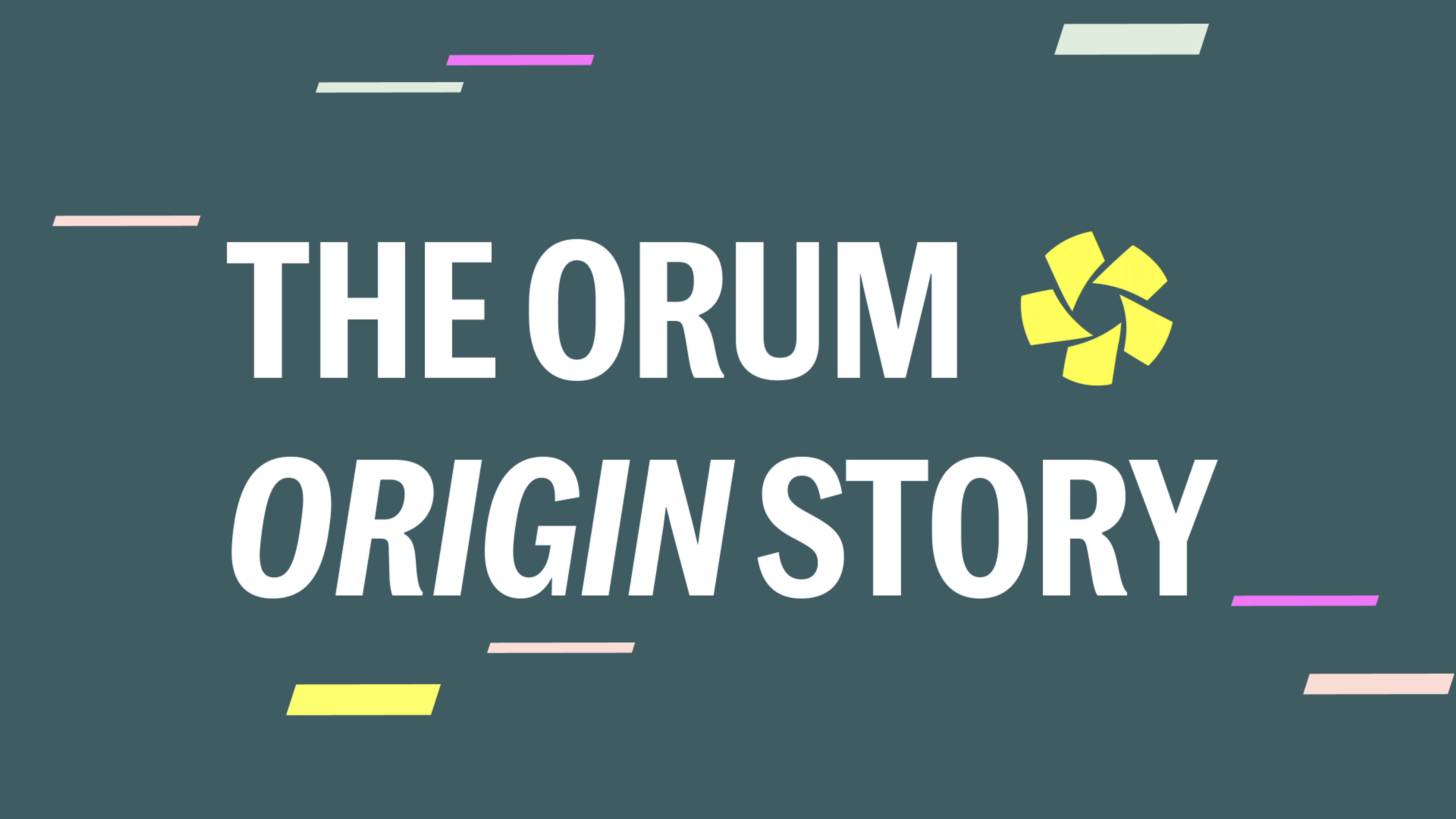
Solving the sales problem I lived every day
Before Orum existed, I wasn’t chasing an idea. I was trying to solve my own problem.
I started my career in sales, first as an SDR and later as an AE. Eventually, I became the first sales hire at Rubrik, where I built out their worldwide SDR and inside sales organization, and later the corporate sales team. That experience gave me a front-row seat to how sales tech evolved, and where it was failing us.
As both a user and a buyer of these tools, I witnessed three eras of sales technology unfold simultaneously.
The first one was the age of the CRM, where tools actually created work for the rep. If it wasn’t in Salesforce, it didn’t happen. A significant part of the job involved data entry.
Even as so-called automation tools emerged, they weren’t helping reps have more conversations.
They were focused on managing and tracking the sales representative, rather than doing the work themselves.
At Rubrik, I was hiring bright, motivated people, often in their first job out of school, and asking them to grind through hours of manual steps just to reach one live conversation. And despite the explosion of digital channels, the phone remained our best-performing channel. That disconnect made no sense to me.
There had to be a better way.
The cold calling gap everyone assumed was already solved
I remember testing an early auto-dialer and feeling both encouraged and underwhelmed. It helped, but it wasn’t enough. The tools were clunky, slow, disconnected, and expensive. They didn’t help reps prepare for meaningful conversations. They just made the manual process slightly faster.
The tools at the time were genuinely outdated and old-fashioned. They weren’t really strategic. They didn’t allow reps to prepare thoughtfully. They weren’t integrated. Across the board, it was speed, performance, usability, and cost.
When I explained what I was building to a product manager at another company, he told me, “Don’t a million things like that already exist?”
Meanwhile, as the buyer, I couldn’t find anything that solved my problem. Smart engineers assumed the problem was solved. The people who actually had the problem didn’t have a legitimate vendor.
That’s when it clicked. A real opportunity was hidden in plain sight.
The spark: proving it could be done in software
At the time, many teams were using outsourced “dialing” services in which human agents clicked buttons and manually transferred calls. It was essentially mechanical labor dressed up as technology.
It was this very old-school, Windows 95-looking interface, and it cost 40 to 60 cents per dial.
I knew software and AI could eventually replace that human layer. The question was when, not if. I just didn’t know if we were too early.
That changed when my co-founder built a prototype.
It wasn’t great, but it was at least half as good as what we were paying hundreds of thousands of dollars for. That was the spark. It proved the problem was solvable in software.
From side project to startup
At the time, I was living in San Francisco, surrounded by engineers and founders from Stanford and Y Combinator. I had a reputation for helping early-stage startups with their first sales efforts. That’s how I met my co-founder.
I pitched him the idea. I ran him through what it would look like, and that initial prototype was enough for me to go, ‘Okay, this is solvable. This isn’t something that’s five or ten years away.’
Nobody had discussed AI for this problem yet. But the timing was right. Technology had finally caught up to the need.
The turning point came when we shipped the prototype and started sharing it with friends. My co-founder was skeptical.
He said, ‘I don’t want to work on something no one wants.’ And I said, ‘We don’t have a website. We don’t even have SOC 2. Give me a chance.’
So I did what any salesperson would do — I sold it.
I pitched every sales friend I knew. We’d demo it on Zoom, hang up, and immediately I’d get a call on my cell phone: ‘What was that? That was the most incredible thing I’ve ever seen.’
Many of those early users became Orum’s first employees, and they’re still here today. That early validation proved we weren’t just solving my problem. We were solving a market-wide one.
Taking the leap
Leaving Rubrik wasn’t easy. It was an incredible place to grow, and I’d learned firsthand what it takes to scale a company.
I had a failed startup in my early twenties. Rubrik gave me the chance to ride shotgun with a world-class CEO and see how a company is really built.
As Orum’s prototype gained traction, the “side project” started spinning out of control in the best possible way.
We had genuine ARR, and companies were asking, ‘Are you a real company?’ That’s when we decided to go all in, raise a seed round, and build the business around what was at the time really just a product and a ragtag team.
What we learned along the way
Startups evolve fast. Technology evolves faster. From day one, we’ve built Orum knowing that great software is never static.
Software is always disposable in a sense. Every few years, everything changes so much that you have to constantly adapt.
We were an AI company from the start, automating hard, manual labor in real-time. But we could never have predicted how quickly large language models would evolve.
What’s really exciting now is how LLMs have unlocked the coaching side of things. Every time someone makes a call in Orum, a unique dataset is created. Now we can unlock that data to help reps get better.
Our earliest focus was getting reps into live conversations. Now, we’re helping them improve those conversations.
The power of data and positioning
One of the most important lessons I learned from a mentor is that companies don’t just succeed because of product quality or hustle. They succeed because of where they sit in the stack.
Success requires some initial luck in where you fit into the tech stack. What you do next with that luck is crucial. And I always felt that Orum was in a very strategic part of the stack due to all the data on our platform.
Today, that’s our biggest differentiator.
We have over a billion calls and recordings to pull data and insights from. From the beginning, it was about providing visibility into calls, creating analytics, showing who’s most likely to pick up, and helping choose the best number to call from.”
AI has amplified that exponentially.
Now we can unlock that data to coach and train reps. That’s our vision going forward:
Act One was getting you into live conversations with your target ICP.
Act Two is improving those conversations in real time.
Built for sales. Engineered for speed.
Orum’s foundation is built on two truths: technology should eliminate busywork, and data should compound. Every dial, every call, every conversation adds to a flywheel of performance.
- For reps: fewer manual steps, faster access to live conversations, and real-time coaching.
- For managers: visibility into what’s happening on calls and the ability to take action that drives outcomes this week, not next quarter.
- For leaders: a growing data asset and a platform that evolves faster than the ecosystem around it.
We’ve rebuilt parts of Orum multiple times, intentionally. That’s how you stay fast, modern, and cost-efficient.
Every few years, better off-the-shelf components emerge, and we rebuild to ride those waves rather than fight them.
We treat our platform as a living system. One that adapts with every advancement in AI, every shift in rep behavior, and every new way to reach a buyer.
Orum’s belief system
- Live conversations are the force multiplier. Everything else should serve that moment.
- The best advantage is earned data. We own the live-call layer and learn faster because of it.
- Velocity wins. Build, rebuild, and innovate faster than the competition.
Where Orum is headed
What started as a problem I couldn’t ignore has turned into a platform used by thousands of sellers every day.
We built Orum to make it easier to start conversations. Now we’re making those conversations more impactful.
Our first act was about speed. Our second act is about skill.
Both are built on the same foundation: a relentless focus on the human side of sales and a belief that AI should empower, not replace it.
